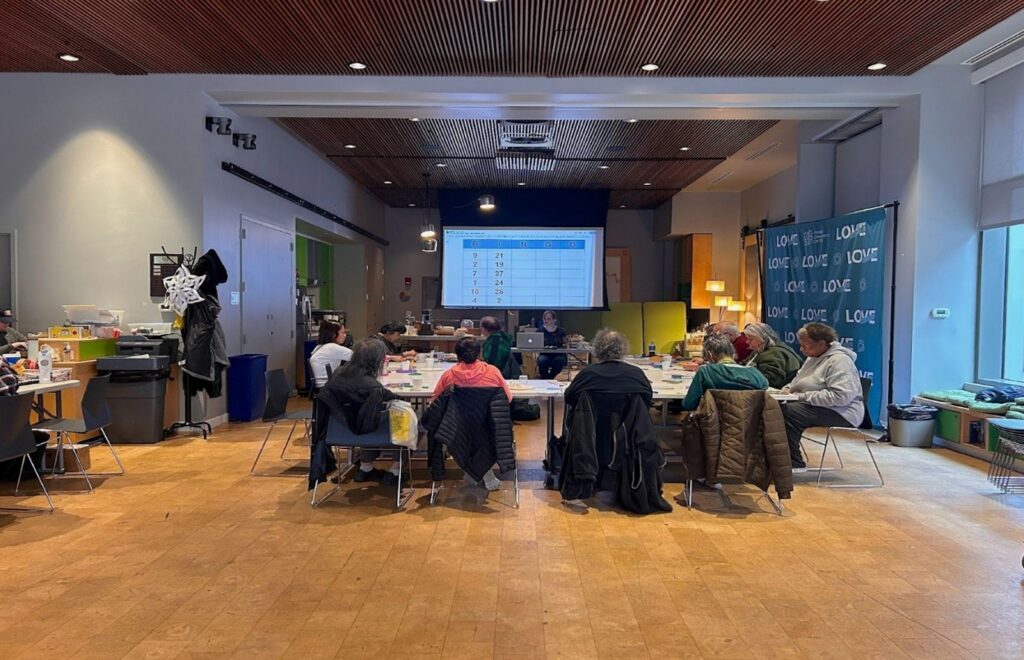So much progress! Onward and upward we go in the field of aging, especially in policy and advocacy! Look at our sophisticated cross tabulations, be impressed by our rich data and sharp analyses, check out the way we use technology for advocacy campaigns!
We’ve made so much progress, haven’t we? Or have we? Clutching our Pet Rocks in 1976, we (or people just like us) waited for the first few volumes of Generations to show up in the mail.
Perusing early issues of Generations is a projective test for people who watch aging policy. Frankly, it would be easy to be a pessimist and say, “We’ve done a lot of talking but really haven’t come such a long way.” Or we can use the history, politics, and popular culture packed into these old documents and take the optimistic high road.
The best place to start if we want to activate that plan is to study what they were doing back then. To be like them, we will need to pull together to innovate, educate, and advocate as courageously as they did. You know, before it was so cool to work in gerontology and aging services.
ASA’s 70th birthday offers a moment for contemplation about where we’ve been, for an honest and clear-eyed self-evaluation of how we’re doing, and, most important, for framing and activating a vision of an America—and a world—in which we all want to grow old. We now have more resources, more targeted programs, more funding, and countless specialties within the field of aging.
Check out recent issues of Generations on using research to improve programs (Summer 2024, Vol. 48 No. 2), aging and climate change (Summer, 2022, Vol. 46, No. 2), and mental health (Spring 2024, Vol. 48, No. 1). We are so much smarter. We’re evidence-based! Those programs put in place in the 20th century have grown. We spent nearly $850 billion on Medicare last year and $1.4 trillion on Social Security. We have a vast Aging Network covering most of the country, an impressive payoff for communities everywhere for that modest $2 billion in federal spending.
Reality Is Bleak, We Can Do Better
After all the work that has gone on, how is it still possible that most people don’t have any idea where to turn when they or an older family member need some help? Why is the number of older people living in poverty increasing? How is it possible that we only have enough affordable housing to provide a unit for fewer than one third of eligible older people?
For one, we’re living about 5 years longer than we did when those first issues of Generations hit mailboxes nearly 50 years ago; we’re surviving and even thriving with chronic conditions and diseases that back then were a death sentence.
‘How is it still possible that most people don’t have any idea where to turn when they or an older family member need some help?’
But we need to do better—and we can. We can be bold, like those who gathered at the early ASA conferences and talked about aging, something most people didn’t want to hear about. We must embrace the imperative to pioneer that road less traveled. And we have to start innovating like they did.
The Fall 1976 issue of Generations included an overview of a conference speech by Sen. Frank Church (D-IA). He talked about “the administration mounting an attack on every program for the aging.” (You could hear the speech again if you had thought to buy a cassette recording—$9—and if you have a cassette player.)
Addressing what I imagine was an audience wearing bell bottoms and leisure suits, with Medicare barely old enough for 4th grade, he talked about a proposal to add catastrophic coverage to Medicare. The proposal, he said, would benefit 3% of Medicare beneficiaries but 97% would pay more.
It took another 12 years for the Medicare Catastrophic Coverage Act to come into being, adding nursing home and home care to Medicare benefits, but the measure was repealed a year later, mainly because of the increased tax burden to pay for the expansion. This was the first in a series of policy failures to enact and implement a solution to meeting the long-term care needs of an older population. If that sounds familiar, it’s probably because, in this century, we watched the CLASS Act (Community Living Assistance Services and Supports Act), a modest long-term care entitlement, follow a similar path … enacted in the Affordable Care Act, repealed a couple of years later.
Senator Church may have underestimated the percentage of the Medicare population that would use Catastrophic benefits—3% seems low. Of course, now we are better at estimating the need for services and supports as people age. That’s a good thing because people are living longer. Demands are greater—half of those turning age 65 today will need paid long-term care before they die. Today, 17% of Medicare beneficiaries, those dually eligible for Medicare and Medicaid, account for a third of program spending.
We have come a long way and we are now exponentially more sophisticated at estimating the need for and cost of housing, income support, long-term care, and food for older people. But we’re not smart enough, nor bold enough, to have a politically viable plan to make it happen.
We have figured out how to harness technology in service delivery and management (Generations Today, July-August 2020). We are surely more inclusive (Generations, Special Edition, 2023)—older people have more federal protections and accessible environments. And we are really good at sweating the details, at deep understanding.
So, let’s take that high road. We can take a cue from Ollie Randall, who spoke at the 1976 conference, saying she had lived through the radical changes of the last century and discovered that “each of us has the ability and flexibility to cope.” She talked about “the new generation as a collection of people of all ages sharing concerns for human needs,” with chronological age “no longer the only common link.” She was talking about intergenerational programming and resilience.
We knew that a half century ago. The 2,500 people in the audience in 1976 knew it. We owe it to them, to ourselves, and to our children and grandchildren to follow their pioneering spirits and take the next brave steps.
Let’s commit to each other that we will take all our data, technology, analysis, understanding of needs and functionality, and deep study and use it to come up with fresh new ideas to meet the increasing needs of our aging country.
Let’s innovate … like it’s 1976! Let’s be sure that when ASA members celebrate its 100th anniversary in 2054, the Spring issue of Generations takes a retrospective look at all the progress we made in the second half of the 2020s—when we took a hard look at nearly 5 decades of Generations and realized how much we had learned, then used it to leap forward and make real change.
Ruth Katz chairs the Generations Editorial Advisory Board, is president and CEO of the Association for Jewish Aging Services, previously served as senior vice president for Policy at LeadingAge, and for 27 years was associate deputy assistant secretary at the U.S. Department of Health and Human Services.
Photo credit: Shutterstock/Mulley81587













